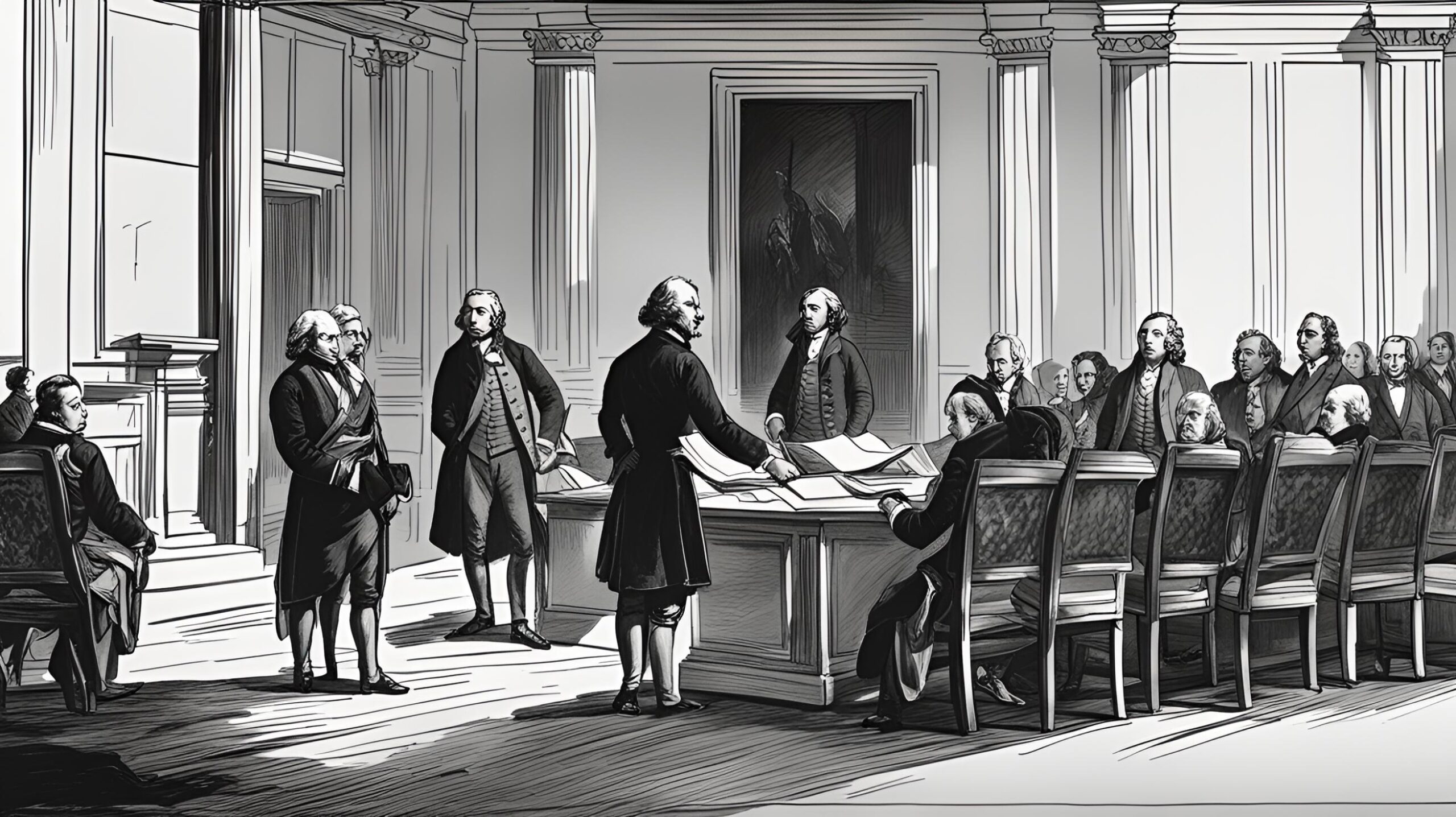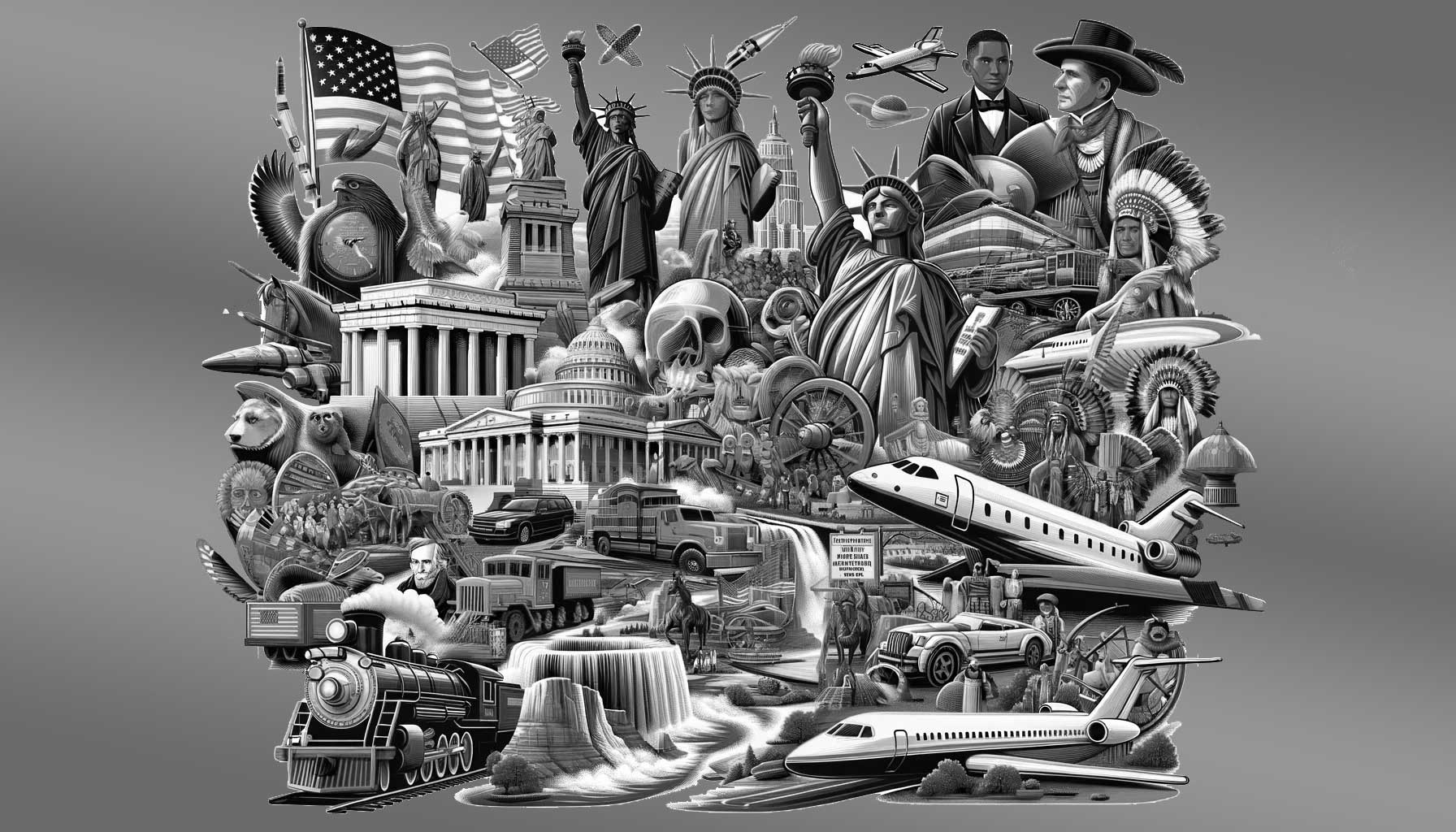Flashback to November 16
American History

The Articles of Confederation, adopted by the Continental Congress on November 15, 1777, mark a significant milestone in the rich tapestry of American history. Delving into this historic event provides an enlightening understanding of the foundation that paved the way to the United States Constitution we know today.
The Articles of Confederation served as the inaugural written constitution of the United States. This document embodied the first formal constructs of American governance, was created amidst the turbulence of the Revolutionary War. Its adoption by the Continental Congress marked the first time the thirteen colonies came together in the form of a confederacy to coordinate their efforts towards independence.
Detailing the contents of the Articles, they established a weak central government, giving most of the power to the states. Congress had the authority to wage war, negotiate diplomatic agreements, and resolve issues regarding the western territories. However, they lacked the ability to impose taxes and regulate commerce, resulting in considerable limitations when it came to actually governing.
John Dickinson, a lawyer from Pennsylvania and a delegate of the Continental Congress, played a pivotal role in the drafting of this crucial document. The Articles were shaped within a fragile balance, treading between granting too much power to the central authority and ensuring enough to hold the freshly formed union together.
Despite being adopted by the Congress in 1777, it took until 1781 for the last of the thirteen states, Maryland, to ratify the Articles. The delay resulted from territorial disputes over land claimed by multiple states.
Though embraced with optimism, the Articles of Confederation exhibited several flaws, ineffectively balancing power among the states and the federal government. These inadequacies hindered its efficiency to govern the country, placing America into a state of post-Revolutionary War instability with financial crises, rebellions, and potential the threat of European intervention.
The economic instability that plagued America under the Articles led to the Philadelphia Convention in 1787. The Congress intended to amend the Articles, but the delegates voted to abandon them completely. This convention culminated in the drafting of the United States Constitution, replacing the Articles in 1789.
The Articles of Confederation’s shortcomings prompted the establishment of a stronger national government under the Constitution. The Constitution gave Congress the power to regulate commerce, levy taxes, create a judiciary, and provided a more balanced federal system, dividing power between the federal and state governments.
Reflecting on the adoption of the Articles of Confederation allows us to comprehend how the ideas of American liberty and state sovereignty have evolved. Typifying the sentiments of a newly independent nation, the Articles of Confederation encapsulated America’s initial stance on centralization, leading to a learning curve that molded the nation’s approach to self-governance.
Indeed, the Articles of Confederation adopted by the Continental Congress on November 15, 1777, symbolize not just the birth of the American nation, but also the profound evolution of its system of governance. Recognizing the significance of this noteworthy event provides deeper insight into the political framework that came to define the United States of America.
We strive for accuracy. If you see something that doesn't look right, click here to contact us!
Sponsored Content

Yeshiva College (University), chartered…
Discover the fascinating history…

American Revolution: The United…
On November 16, 1776,…

New York City’s Mad…
"Experiencing a dark moment…

Electricity is first transmitted…
Experience the historic moment…

Bill Clinton becomes the…
On November 16, 2000,…

US President Richard Nixon…
On November 16, 1973,…

